Detox Signs, Symptoms and Support for Our Pets

by Narelle Cooke, Canine Nutritionist
In the human health world, when people hear the term ‘detox’ they generally think of the process the body goes through during a health cleanse or fast, resulting in the release of built-up toxins that can then cause of a range of unpleasant symptoms such as bloating, gas, diarrhoea, skin outbreaks, and mood changes. But does the same situation apply to our dogs? The short answer is ‘yes’! But as pet owners, it’s important that we understand not only what’s happening, but perhaps more importantly - how we can support our pets through this completely normal process.
Why would my pet have toxins in the first place?
The term ‘toxin’ is generally used to describe any substance that is harmful to the body. This may include environment toxins, or it may relate to toxins created inside the body from cellular or microbial waste. An increasing amount of research continues to support the fact that toxicity is a major contributor to many chronic disease states in our pets(1).

Unfortunately, we’re living in a time where daily exposure of our pets to high levels of man-made chemicals and environmental toxins through the environment, their food and water supply, household products, and even the air they breathe, is often unavoidable. Sadly, in the short term at least, we’re generally not aware of the toxic burden that our pets are under or that their detoxification pathways might not be working as efficiently as they should be.
How does detoxification work?

Firstly, it’s important to understand that our bodies are in a constant state of detox regardless of the type of diet we’re consuming – and the same applies to our pets. The liver, kidneys and gastrointestinal tract are constantly ridding the body of toxic substances – it’s what they’re designed to do. While the body never stops detoxifying, that doesn’t mean that these detoxification pathways are always working optimally. If any one of these essential organs are not operating as well as they should, then the normal daily detoxification process may be impaired, allowing toxins to accumulate.
Will my pet experience detox symptoms when I start feeding a raw food diet?
Maybe. While each animal is different, if your pet has been consuming a highly processed commercial kibble or canned food diet for an extended period of time, there’s a good chance that they may experience some symptoms of detoxification when you first change them onto a raw food diet. Let’s look at the key detoxification organs more closely to understand why this might be the case.
The Liver
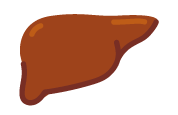
The liver has two "phases" of detoxification - Phase I and Phase II, both of which are heavily dependent on nutrients to work properly.
Many commercial kibbles are contaminated by aflatoxins, heavy metals, pesticides, and other environmental toxins, which increases our pets’ overall toxic load(2). They also often contain less bioavailable forms of synthetic nutrients. This is often why, when you start feeding your dog a raw food diet that is rich in highly bioavailable amino acids, vitamins, minerals and other supportive bioactive compounds, it can stimulate the liver detoxification pathways to suddenly start working more efficiently. This upregulation of liver function triggers a more rapid clearing of toxins from the body, which can then result in typical detox symptoms such as diarrhoea and skin flare-ups.
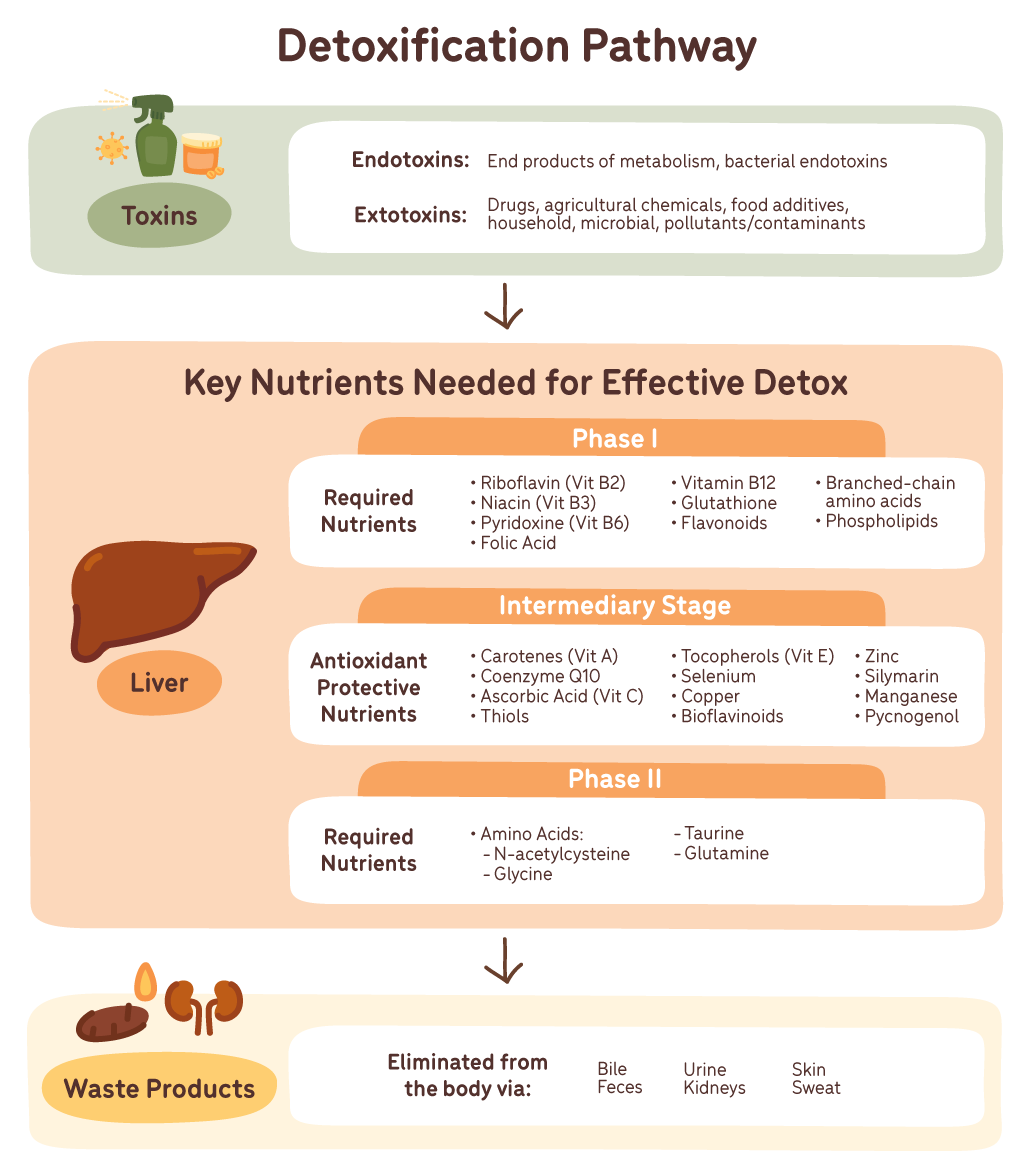
The Kidneys

The kidneys are the filtration system of the body and have the massive job of processing wastes and eliminating them from the body via the urine. A typical commercial kibble contains around 10% moisture, which can be very dehydrating and put strain on the kidneys. On the other hand, a raw food diet contains around 75% moisture, which works to support kidney health and function. That’s why when we transition our pets onto a high-moisture raw food diet, the ability of the kidneys to do their job is increased and you may notice that your pet is urinating a lot more initially (which is a good thing!).
The microbiome
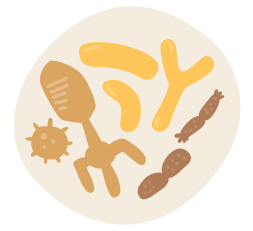
Any changes you make to your dog’s diet will also affect their gut flora, and that’s because different bacteria in the gut have different preferences when it comes to what they like to eat(3). For instance, highly processed commercial kibbles high in carbohydrates that are rapidly digested and converted into sugar in the body will promote the growth of certain kinds of intestinal bacteria, whereas a raw food diet based on wholefoods such as fruits, vegetables and high-quality animal proteins will feed different types of bacteria. That’s why dogs who are suddenly switched to a raw food diet can sometimes experience bloating, gas and loose stools – it’s just their resident gut microbiota adjusting to a new food source.
The role of weight loss
It is well known that environmental toxins can readily accumulate in the fat tissues of the body(4). We also know that over a third of pet dogs are now overweight or obese, with the research indicating that dogs fed a commercial kibble diet are more likely to be overweight than dogs fed a fully (or at least partly) raw food diet(5).
One of the great benefits of switching to a raw food diet is that it can help our pets achieve and maintain a healthy body weight. Unfortunately, the breakdown of fat that occurs during the weight loss process can result in the release of stored toxic compounds back into the blood stream, which may then contribute to the manifestation of detox symptoms(4).
What are the most common detox symptoms in pets?
Just like different people will express detox symptoms differently, the same situation happens with our pets. But some of the most common symptoms that pet owners may observe include:
- Decreased energy levels
- Loose stools
- Skin flare-ups
- Increased itching
- Bad breath
But regardless of the symptoms expressed, it’s important to remember that they’re only temporary and a sign that your pet’s health is heading in the right direction. Depending on your pet’s diet and health history, symptoms could last for a few days or even a few weeks. Always consult with your veterinarian if you think symptoms may be part of a more serious health concern.
Foods that support healthy detoxification
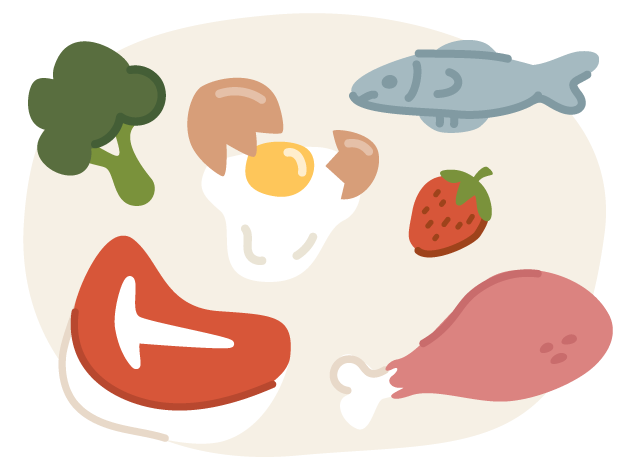
Studies demonstrate that certain food-derived components and nutrients can support the processes of detoxification and eventual excretion of toxins from the body.(6) Great choices for our pets include:
Steps you can take to minimise detox symptoms
There are several key steps that pet owners can take to minimise any detox symptoms that their pet might experience.
Go slow
Transitioning your pet onto a new diet is not a race and is best done gradually. By taking things slowly you will:
- Give the bacterial colonies in your pet’s gut a chance to adapt to their new diet without triggering uncomfortable symptoms such as gas, bloating and loose stools.
- Support your pets liver in better managing the release and clearance of toxins from the body.
- Ensure that any weight loss occurs at a healthy pace so that fat cells are not releasing too many toxins back into the blood stream too quickly.
Support gut health
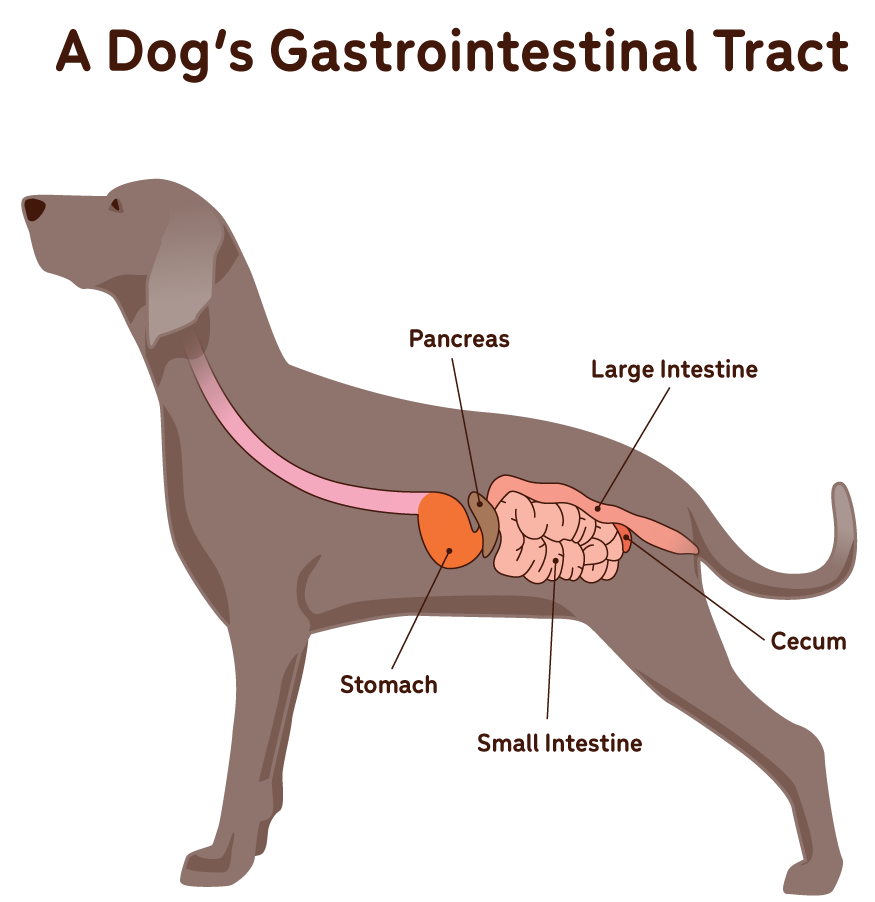
While the liver is the primary organ of detoxification, the gastrointestinal tract is a major site of toxin excretion from the body. If the integrity of the intestinal lining is compromised (i.e. if you dog has a ‘leaky gut’), this may result in the reabsorption of toxins back into the body where they can build up and cause more problems(8). The best way to prevent this from happening is to correct any dysbiosis with a multi-strain probiotic that also contains prebiotics and digestive enzymes. This can help to improve digestion, reduce any inflammation and to restore the integrity of the gastrointestinal tract(8). Ensuring that your dog is consuming a diet that contains adequate fibre from natural plant sources will also help to feed their good bacteria and ensure toxins are excreted via healthy and regular bowel movements.
Final comments
As pet owners, we need to remember that detoxification is a perfectly natural and essential process. However, our pets’ detoxification systems can’t function to their full potential if their exposure to toxins is not minimised and if the required nutrients and building blocks to support optimal detoxification are not provided daily. Food is the foundation of health and I believe that feeding a species appropriate raw food diet free from toxic contaminants and rich in highly bioavailable whole-food nutrients, is the best and easiest place for pet owners to start when it comes to optimising our pets’ long term health and wellbeing.
About the Author - Narelle Cooke, Canine Nutritionist.

Narelle is a clinical Naturopath, Nutritionist and Herbalist for both people and pets, and operates her wellness clinic ‘Natural Health and Nutrition’ in Dural, Sydney.
Being a lifelong dog-owner and currently meeting the demands of three French Bulldogs, two German Shepherds and a Burmese cat, Narelle is as passionate about the health and wellbeing of our pets as she is about their owners. And it was this strong desire to see her own pets live their longest and best lives that led her to hours of personal research and additional study in the area of natural animal health and nutrition.
· Bachelor of Health Science(Naturopathy) (ACNT)
· Bachelor of Agricultural Science (honours) (The University of Melbourne)
· Advanced Diploma of Naturopathy (AIAS)
· Advanced Diploma of Nutritional Medicine (AIAS)
· Advanced Diploma of Western Herbal Medicine (AIAS)
· Certificate III in Dog Behaviour and Training (NDTF)
· Certificate in Natural Animal Nutrition (CIVT)
· Certificate in Animal Health Sciences (CIVT)
· Certificate in Animal Nutrition (HATO)
